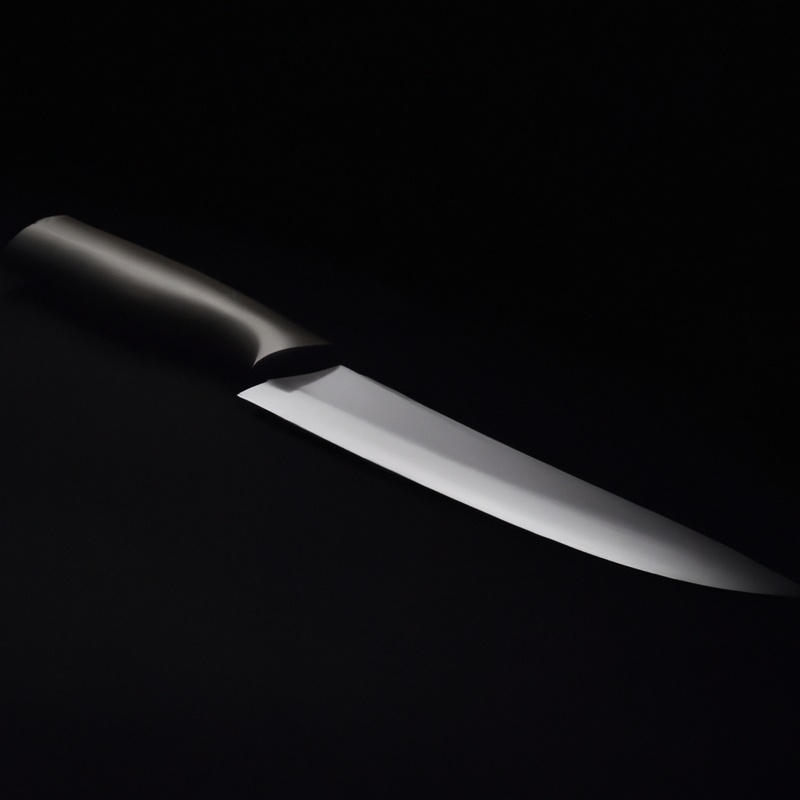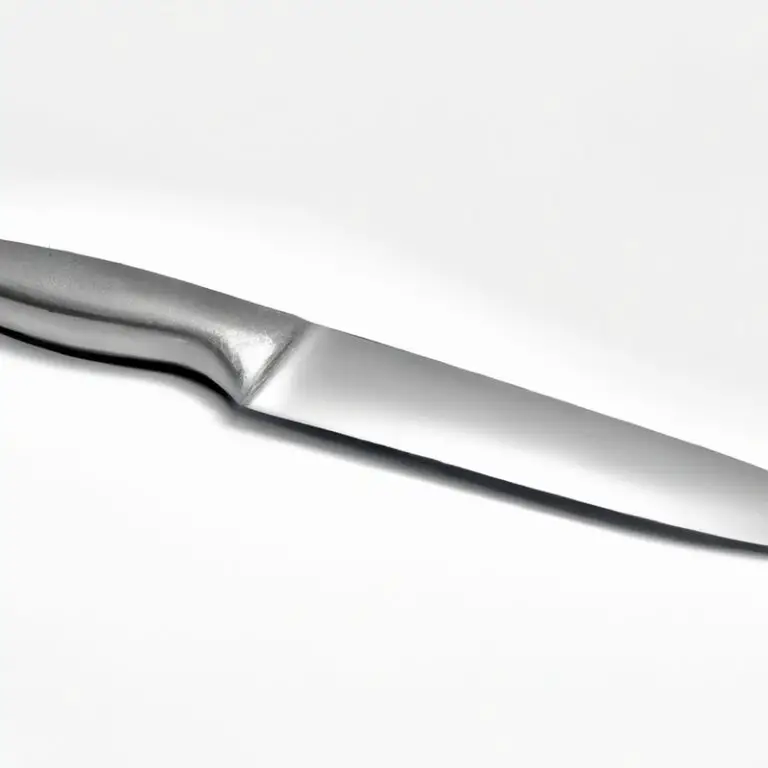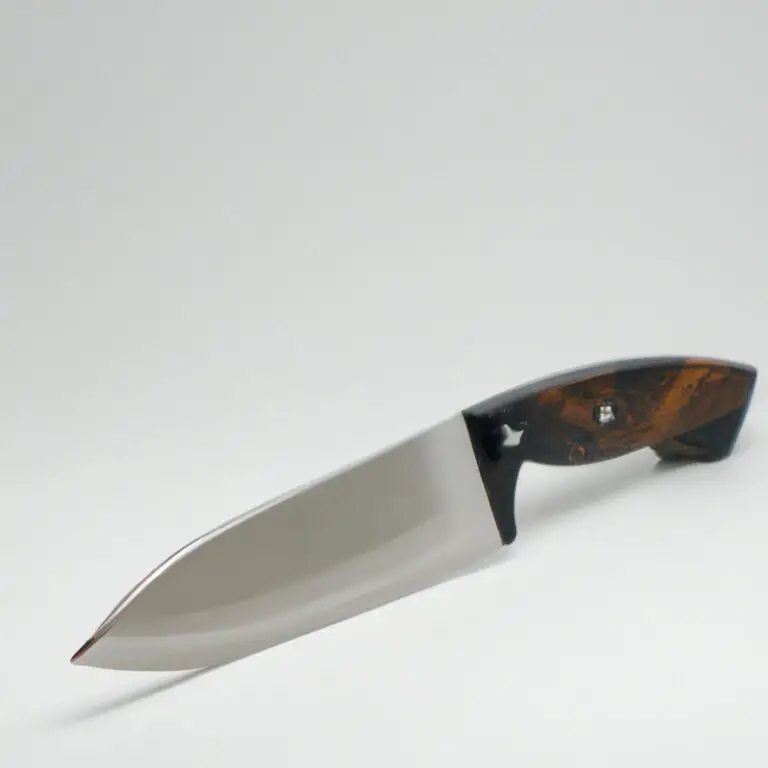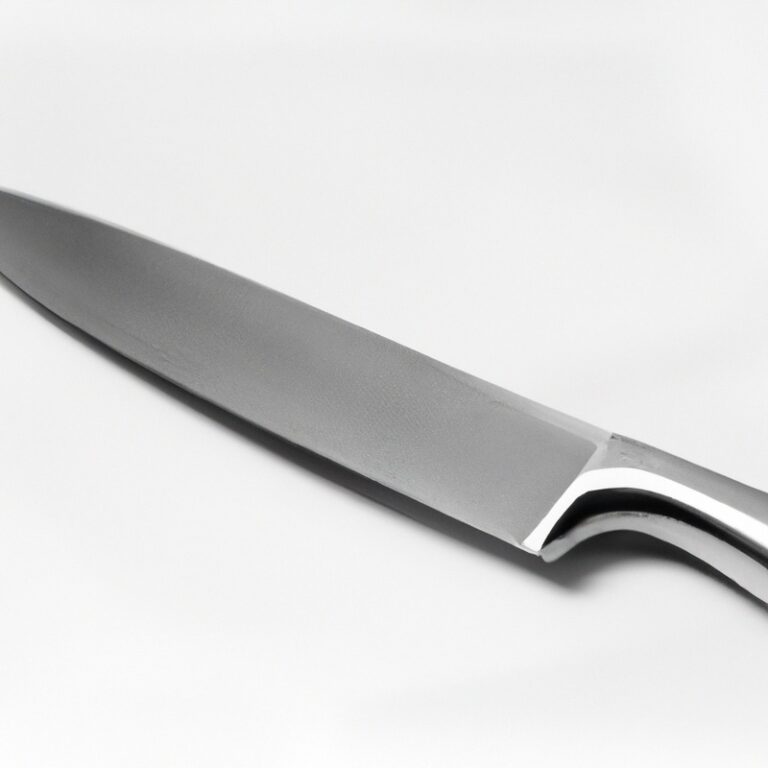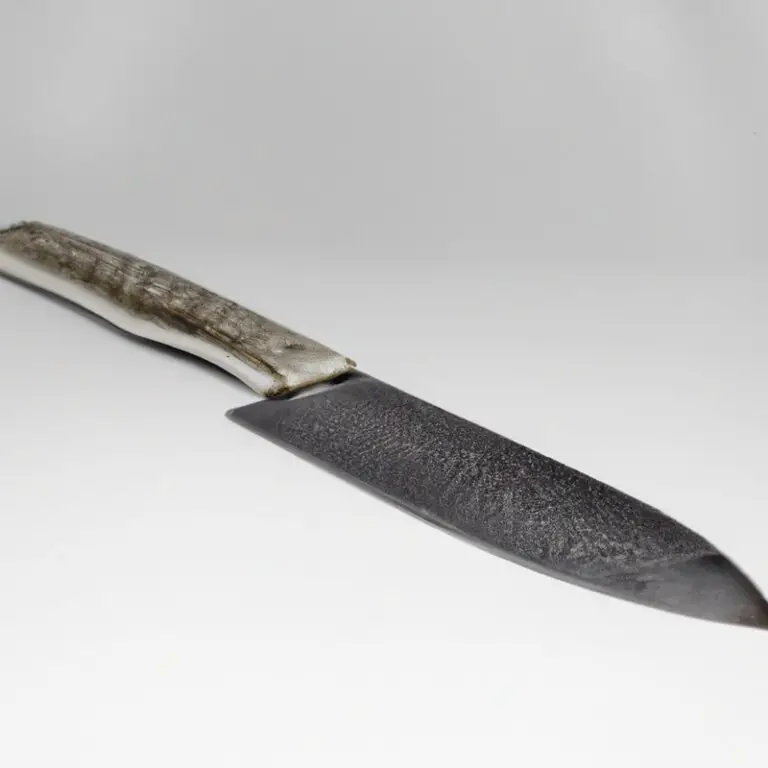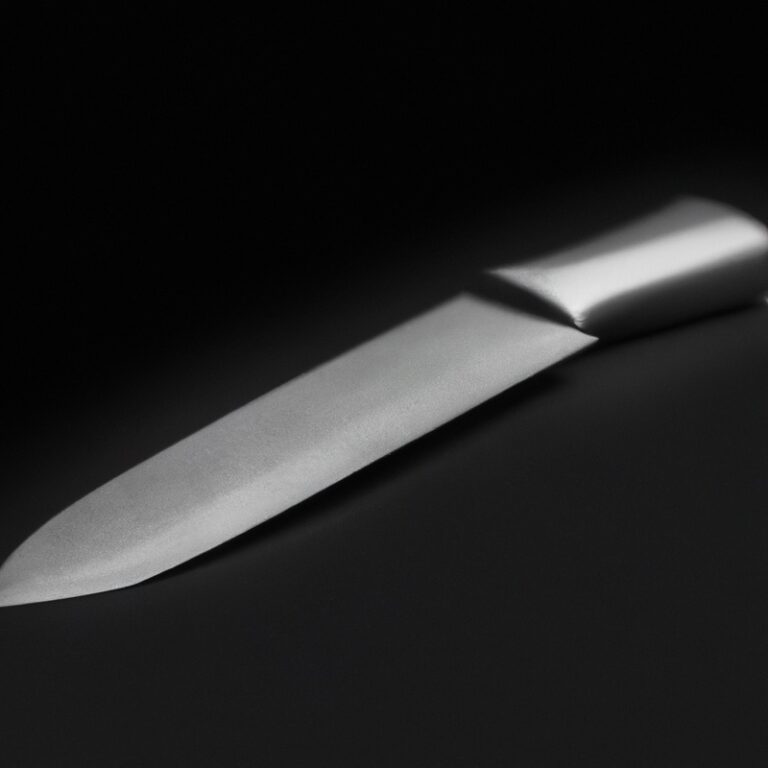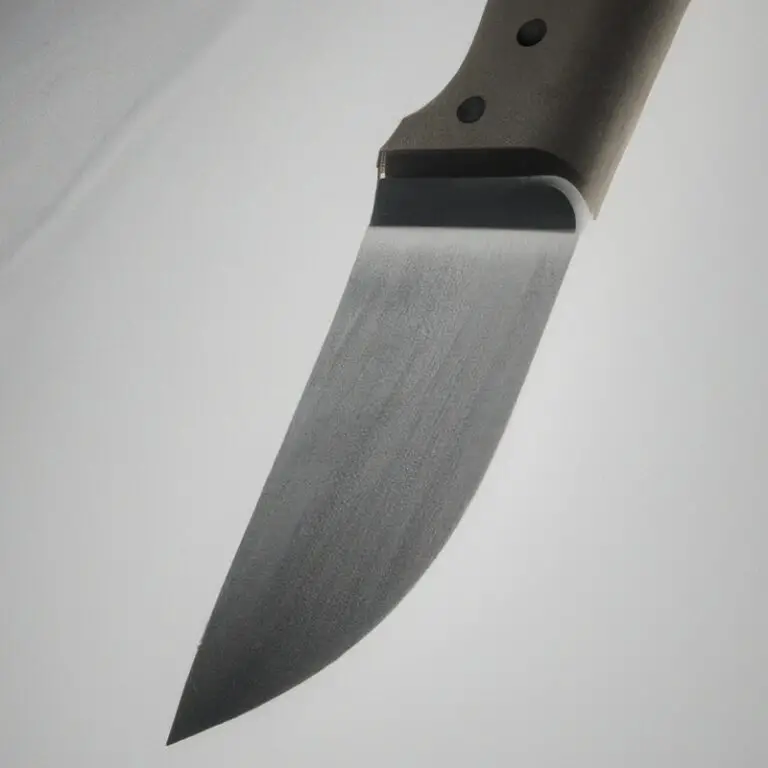What Is The Effect Of Nitrogen In High-Speed Steel For Knives?
Key Takeaways:
- Nitrogen improves the hardness and wear resistance of high-speed steel knives.
- Nitrogen enhances the corrosion resistance of high-speed steel knives.
- High nitrogen content can lead to a decrease in toughness and impact resistance.
- Optimal nitrogen levels should be carefully balanced to ensure optimal knife performance.
Are you a knife enthusiast searching for the secret ingredient to crafting high-performance blades?
Well, look no further because today I’m diving into the fascinating world of high-speed steel (HSS) and the impact of nitrogen within it.
You may be surprised to learn that nitrogen, a seemingly innocuous element, plays a crucial role in determining the hardness, wear resistance, toughness, and overall cutting performance of knives made from HSS.
In this article, we’ll explore the effects of nitrogen on HSS and discuss how to strike the perfect balance to achieve optimal knife performance.
Get ready to unlock the power of nitrogen and take your knife-making skills to the next level.
| Effect of Nitrogen in High-Speed Steel for Knives |
| Pros |
| 1. Increased hardness and wear resistance |
| 2. Enhanced edge retention |
| 3. Improved toughness and impact resistance |
| 4. Better corrosion resistance |
| 5. Reduced grain growth |
| Cons |
| 1. Increased brittleness in higher nitrogen levels |
| 2. Higher cost due to nitrogen alloying |
| 3. Requires specialized heat treatment for optimal results |
Understanding High-Speed Steel (HSS)
Definition and Composition of High-Speed Steel
High-speed steel (HSS) is a type of tool steel specifically designed for high-speed machining operations.
It is known for its excellent combination of hardness, wear resistance, and toughness.
HSS is composed primarily of iron, along with various alloying elements such as carbon, chromium, tungsten, vanadium, and molybdenum.
These alloying elements contribute to the steel’s ability to withstand high temperatures and maintain its hardness even at elevated speeds.
The composition of HSS can vary depending on the desired application, with different grades offering specific properties suited for different cutting tools.
Properties and Benefits of High-Speed Steel
High-speed steel (HSS) has several properties and benefits that make it a preferred choice for various applications, including knife making.
Here are some key aspects:
- Superior hardness: HSS exhibits excellent hardness, allowing knives to maintain sharpness for longer periods.
- Exceptional wear resistance: The high carbon and alloying elements in HSS contribute to its superior wear resistance, ensuring prolonged blade life.
- Good toughness: HSS strikes a balance between hardness and toughness, making it less prone to chipping or breaking during use.
- High cutting performance: The combination of hardness, wear resistance, and toughness in HSS enables knives to cut through tough materials with ease.
- Heat resistance: HSS retains its hardness and cutting performance even at elevated temperatures, reducing the risk of blade deformation.
- Versatility: HSS can be easily shaped, allowing the production of knives in various designs and sizes.
Overall, the properties of high-speed steel make it a reliable and durable material for knife making, offering enhanced performance and longevity.
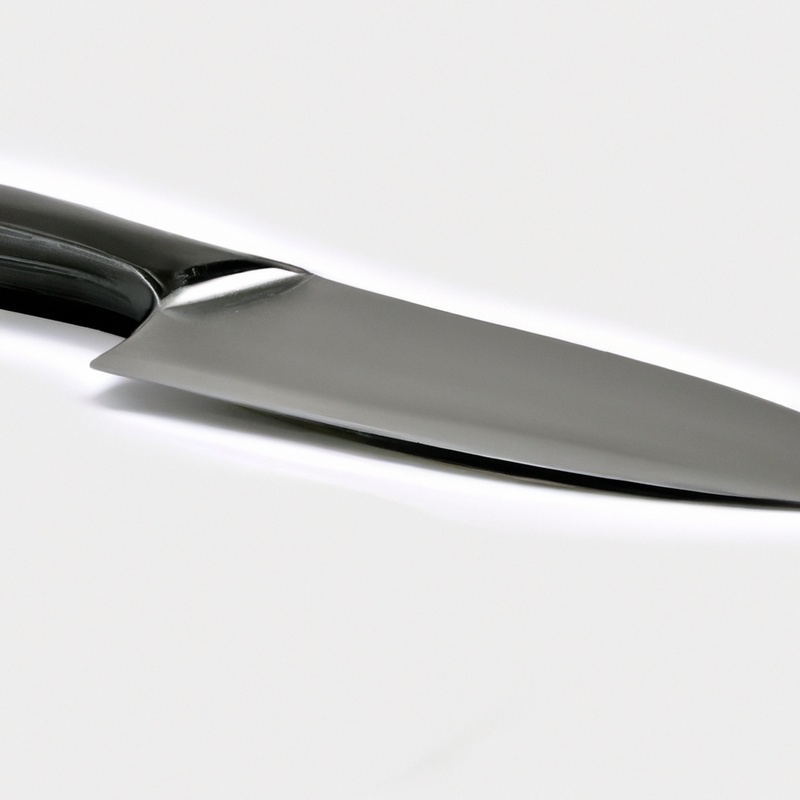
Role of Nitrogen in High-Speed Steel
Nitrogen’s Impact on Hardness and Wear Resistance
Nitrogen plays a significant role in enhancing the hardness and wear resistance of high-speed steel for knives. When nitrogen is present in the steel matrix, it forms stable nitrides, which increase the hardness of the material.
This increased hardness helps the knife maintain its sharpness and edge retention over time.
Additionally, the presence of nitrogen improves the wear resistance of the steel, allowing the knife to withstand repeated use without dulling or losing its cutting performance. So, nitrogen is crucial for achieving optimal hardness and wear resistance in high-speed steel knives.
Nitrogen Contamination in High-Speed Steel
Sources and Effects of Nitrogen Contamination
Nitrogen contamination in high-speed steel can occur through various sources, such as improper handling and storage of raw materials, or during the manufacturing process itself. Contamination can also happen if the steel comes into contact with nitrogen-rich atmospheres, such as those containing ammonia or nitrogen-based compounds.
The effects of nitrogen contamination in high-speed steel are undesirable.
It can negatively impact the hardness, wear resistance, and toughness of the steel, ultimately reducing its cutting performance. Nitrogen contamination can also lead to decreased dimensional stability and corrosion resistance.
To mitigate nitrogen contamination, proper handling and storage procedures should be followed, ensuring that the steel is protected from nitrogen-rich environments.
Additionally, implementing stringent quality control measures during the manufacturing process can help prevent contamination. By taking these precautions, the overall quality and performance of high-speed steel can be maintained.
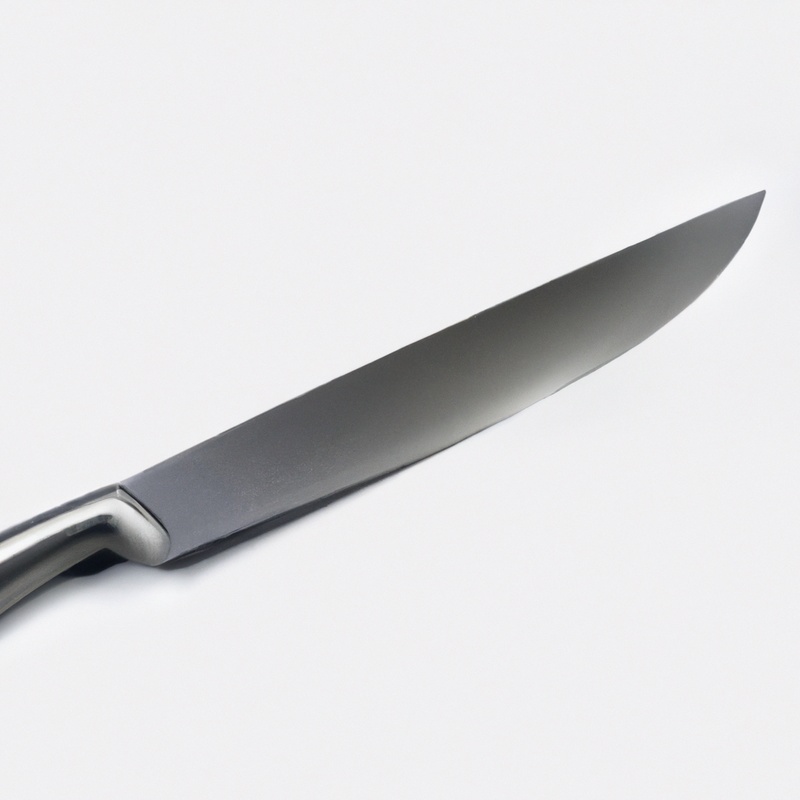
Mitigation Techniques for Nitrogen Contamination
To mitigate nitrogen contamination in high-speed steel, there are several effective techniques that can be employed.
These include:
- Controlling the melting process: Ensuring that the melting process is carried out in a controlled atmosphere can help minimize nitrogen contamination. This can be done by using vacuum melting or using inert gases such as argon during the melting process.
- Optimizing heat treatment: Proper heat treatment techniques can also help reduce nitrogen contamination. By carefully controlling the heating and cooling processes, the amount of nitrogen in the steel can be minimized.
- Implementing effective filtration: Using high-quality filtration systems during the manufacturing process can help remove contaminants, including nitrogen, from the steel.
- Utilizing clean raw materials: Using clean and low-nitrogen raw materials can significantly reduce nitrogen contamination in high-speed steel.
By employing these mitigation techniques, manufacturers can minimize nitrogen contamination and ensure the production of high-quality high-speed steel for various applications, including knife making.
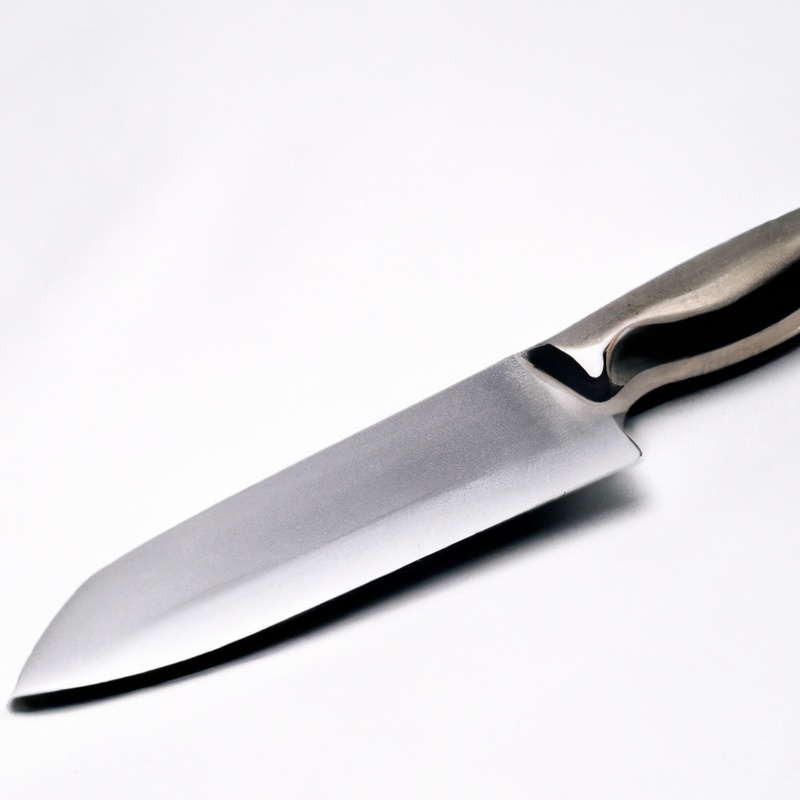
Considerations for Knife Making
Choosing the Right High-Speed Steel Grade for Knives
Choosing the right high-speed steel (HSS) grade for knives is essential to ensure optimal performance.
Look for grades that offer a balance between hardness and toughness, such as M2, M35, or M42.
These grades have higher levels of carbon and vanadium, which contribute to their hardness and wear resistance.
Additionally, consider the nitrogen content in the HSS grade.
Nitrogen can enhance hardness and wear resistance but may also reduce toughness.
Strike a balance to achieve the desired cutting performance and durability for your knives.
Balancing Nitrogen Content for Optimal Knife Performance
Balancing the nitrogen content in high-speed steel is essential for achieving optimal knife performance. Too much nitrogen can lead to decreased toughness and increased brittleness, while too little nitrogen can result in reduced hardness and wear resistance.
It’s crucial to find the right balance to ensure the blade’s cutting performance and durability.
By carefully controlling the nitrogen content during the steel-making process, knife makers can achieve the desired combination of hardness, toughness, and wear resistance for superior knife performance. This balance is key in creating knives that can withstand demanding tasks and maintain their sharpness over time.
Final Verdict
It is evident that nitrogen plays a significant role in the performance of high-speed steel for knives. By enhancing hardness and wear resistance, while also improving toughness and cutting performance, nitrogen contributes to the overall excellence of the steel.
However, it is essential to manage nitrogen contamination carefully to avoid detrimental effects.
By choosing the right high-speed steel grade and balancing nitrogen content, knife makers can optimize the performance and longevity of their knives. In the world of knife making, understanding and harnessing the power of nitrogen in high-speed steel can truly elevate the quality of the final product.

